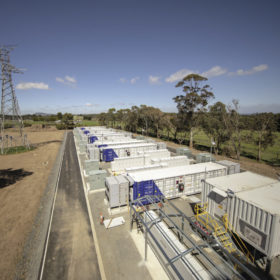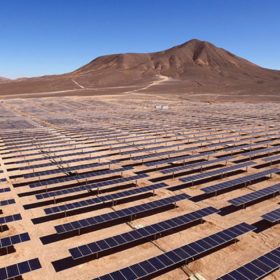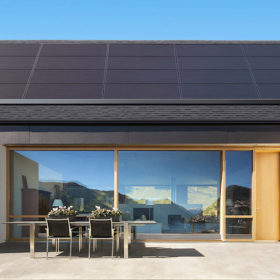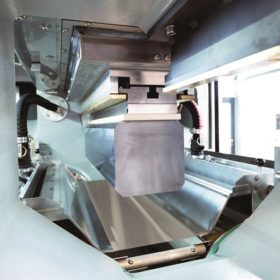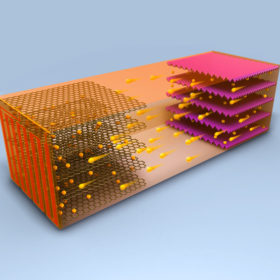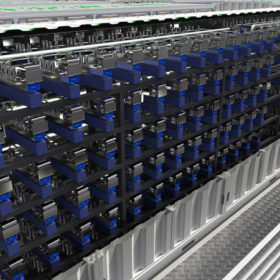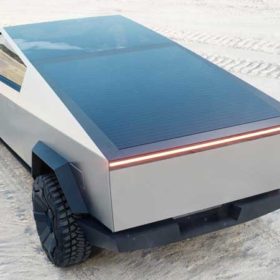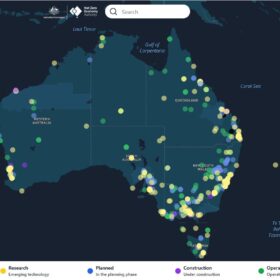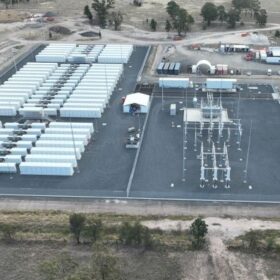Coronavirus could cost Chinese battery makers 26 GWh of output
WoodMac analysts say the amount of new battery manufacturing capacity added in the nation this year could fall by as much as 10% because of the outbreak. With Tesla’s Shanghai gigafactory affected by the extended new-year-holiday shutdown, the analyst warned of potential supply shortages for Australia and the U.S. and U.K.
Canadian Solar to deliver 1.2 GW to Australian and U.S. projects – including bifacial
Canadian Solar and Lightsource BP have signed a multi-year 1.2 GW module supply agreement that will see both monofacial and bifacial modules installed in Lightsource BP’s Australian and U.S. solar projects.
A record-breaking quarter for Tesla energy storage and an improvement in solar
The internet’s favorite energy company installed 530 megawatt-hours of battery storage in Q4, beating out the previous record, set last quarter, as well as showing continued improvement in solar installations.
U.S. researchers put slimmer silicon back on the table
With solar grade polysilicon prices having plummeted in recent years, cutting down on consumption of the material has not been a priority. But strategies exist and significant savings can be made through deploying thinner wafers that use less silicon, insists a new paper published by MIT and NREL. And as manufacturers are increasingly hitting dead ends on other routes to cost reduction, this option could be back on the table for many.
Solar cells from space are on the way
A team at the U.S. National Renewable Energy Laboratory has come up with a new process that would reduce the production cost of highly expensive – and highly efficient – gallium arsenide cells.
Charging an electric vehicle in 10 minutes
Scientists from Penn State University have developed a self-heating battery for electric vehicles which is said charge in only 10 minutes at 60 degrees Celsius.
Elon Musk calls for an ‘immediate’ and ‘significant increase’ in Tesla’s solar installs
Tesla was once the unquestioned leader in the residential rooftop market with a market share of around 33 percent, but today, the company is No. 3, and its market share during the first quarter was a little more than 6 percent.
Greentech raises funds for greenhouse gas-to-hydrogen investment, eyes $100m Australian opportunity
California-based Greentech startup ReCarbon, which recycles greenhouse gases by converting them into hydrogen, is targeting a big Australian investment.
Divide and conquer, Tesla’s electric Cybertruck breaks into ute-market
Tesla’s new electric ute, the Cybertruck, may not be the most beautiful of vehicles, but that doesn’t seem to have cost it any attention. The unveiling almost broke the Internet, and a couple windows really did break in the process.
Saving water with solar and wind
Scientists at Princeton have found solar and wind energy offer the added environmental benefit of reducing water usage, by comparison with hydroelectric dams. Their findings, say the researchers, could have a positive impact on groundwater sustainability in drought-prone regions such as California, where they conducted a case study.
